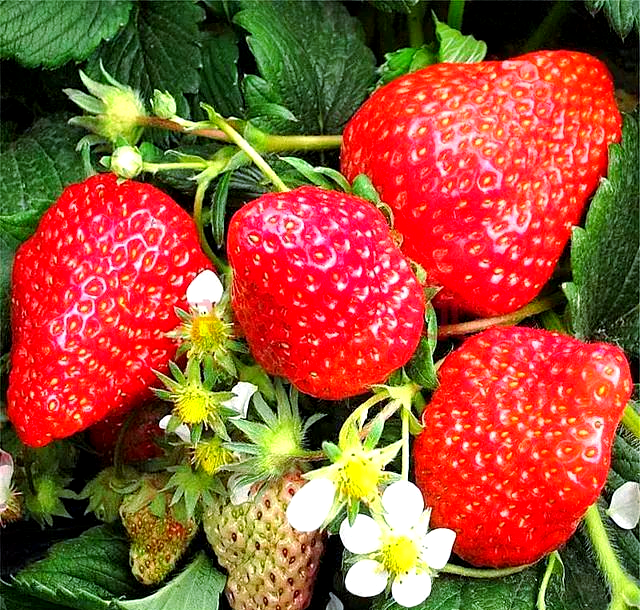In summer, plants face multiple pressures such as high temperature, strong light, drought (water stress), and oxidative stress. Betaine, as an important osmotic regulator and protective compatible solute, plays a crucial role in plants' resistance to these summer stresses. Its main functions include:
1. Permeation regulation:
Maintain cell turgor pressure:
High temperature and drought cause plants to lose water, leading to an increase in cytoplasmic osmotic potential (becoming denser), which easily causes dehydration and wilting of cells from surrounding vacuoles or cell walls with stronger water absorption capacity. Betaine accumulates in large amounts in the cytoplasm, effectively reducing the osmotic potential of the cytoplasm, helping cells maintain high turgor pressure, thereby resisting dehydration and maintaining the integrity of cell structure and function.
Balanced vacuolar osmotic pressure:
A large amount of inorganic ions (such as K ⁺, Cl ⁻, etc.) accumulate in the vacuole to maintain osmotic pressure. Betaine mainly exists in the cytoplasm, and its accumulation helps balance the osmotic pressure difference between the cytoplasm and vacuoles, preventing damage to the cytoplasm due to excessive dehydration.
2. Protecting biomolecules:
Stable protein structure:
High temperatures can easily cause protein denaturation and inactivation. Betaine molecules carry positive and negative charges (zwitterionic) and can stabilize the natural conformation of proteins through hydrogen bonding and hydration, preventing misfolding, aggregation, or denaturation at high temperatures. This is crucial for maintaining enzyme activity, key proteins in photosynthesis, and the functions of other metabolic proteins.
Protective film system:
High temperature and reactive oxygen species can damage the lipid bilayer structure of cell membranes (such as thylakoid membranes and plasma membranes), leading to abnormal membrane fluidity, leakage, and even disintegration. Betaine can stabilize membrane structure, maintain its normal fluidity and selective permeability, and protect the integrity of photosynthetic organs and organelles.
3. Antioxidant protection:
Maintain osmotic balance and reduce secondary damage caused by stress.
Stabilize the structure and activity of antioxidant enzymes (such as superoxide dismutase, catalase, ascorbate peroxidase, etc.), enhance the efficiency of the plant's own antioxidant defense system, and indirectly help clear reactive oxygen species.
Indirect removal of reactive oxygen species:
Strong sunlight and high temperatures in summer can induce the production of large amounts of reactive oxygen species in plants, causing oxidative damage. Although betaine itself is not a strong antioxidant, it can be achieved through:
4. Protecting photosynthesis:
High temperature and strong light stress cause significant damage to the core mechanism of photosynthesis, photosystem II. Betaine can protect the thylakoid membrane, maintain the stability of photosystem II complex, ensure the smooth operation of electron transport chain, and alleviate photoinhibition of photosynthesis.
5. As a methyl donor:
Betaine is one of the important methyl donors in living organisms, involved in the methionine cycle. Under stress conditions, it may participate in the synthesis or metabolic regulation of some stress responsive substances by providing methyl groups.
In summary, during the scorching summer, the core function of betaine on plants is:
Water retention and drought resistance: combating dehydration through osmotic regulation.
Heat resistance protection: protects proteins, enzymes, and cell membranes from high temperature damage.
Resistance to oxidation: enhances antioxidant capacity and reduces photooxidative damage.
Maintain photosynthesis: protect photosynthetic organs and maintain basic energy supply.
Therefore, when plants perceive stress signals such as high temperature and drought, they activate the betaine synthesis pathway (mainly through two-step oxidation of choline in chloroplasts), actively accumulate betaine to enhance their stress resistance and improve their survival ability in harsh summer environments. Some drought and salt tolerant crops (such as sugar beets themselves, spinach, wheat, barley, etc.) have a strong ability to accumulate betaine.
In agricultural production, exogenous spraying of betaine is also used as a biostimulant to enhance the resistance of crops (such as corn, tomato, chili, etc.) to summer high temperature and drought stress.
Post time: Aug-01-2025







